Grow Romanesco Cauliflower Home, and unlock the secrets to cultivating this stunning and nutritious vegetable right in your backyard! Have you ever gazed upon the mesmerizing fractal patterns of a Romanesco cauliflower and thought, “I wish I could grow that?” Well, you absolutely can! This DIY guide will empower you to bring this architectural marvel of nature from seed to table.
While Romanesco cauliflower might seem like a modern culinary creation, its history stretches back to 16th-century Italy, specifically the region around Rome. Its unique appearance, a naturally occurring example of a Fibonacci sequence, has captivated gardeners and chefs alike for centuries. It’s more than just a vegetable; it’s a conversation starter, a work of art, and a delicious addition to your diet.
But why should you bother learning how to grow Romanesco Cauliflower Home? In today’s world, knowing where your food comes from is more important than ever. Growing your own produce allows you to control the quality, avoid harmful pesticides, and enjoy the unparalleled flavor of freshly harvested vegetables. Plus, there’s an immense satisfaction in nurturing a plant from a tiny seed to a bountiful harvest. This guide provides simple, step-by-step instructions and insider tips to ensure your Romanesco cauliflower thrives, even if you’re a beginner gardener. Let’s get started and transform your garden into a Romanesco wonderland!
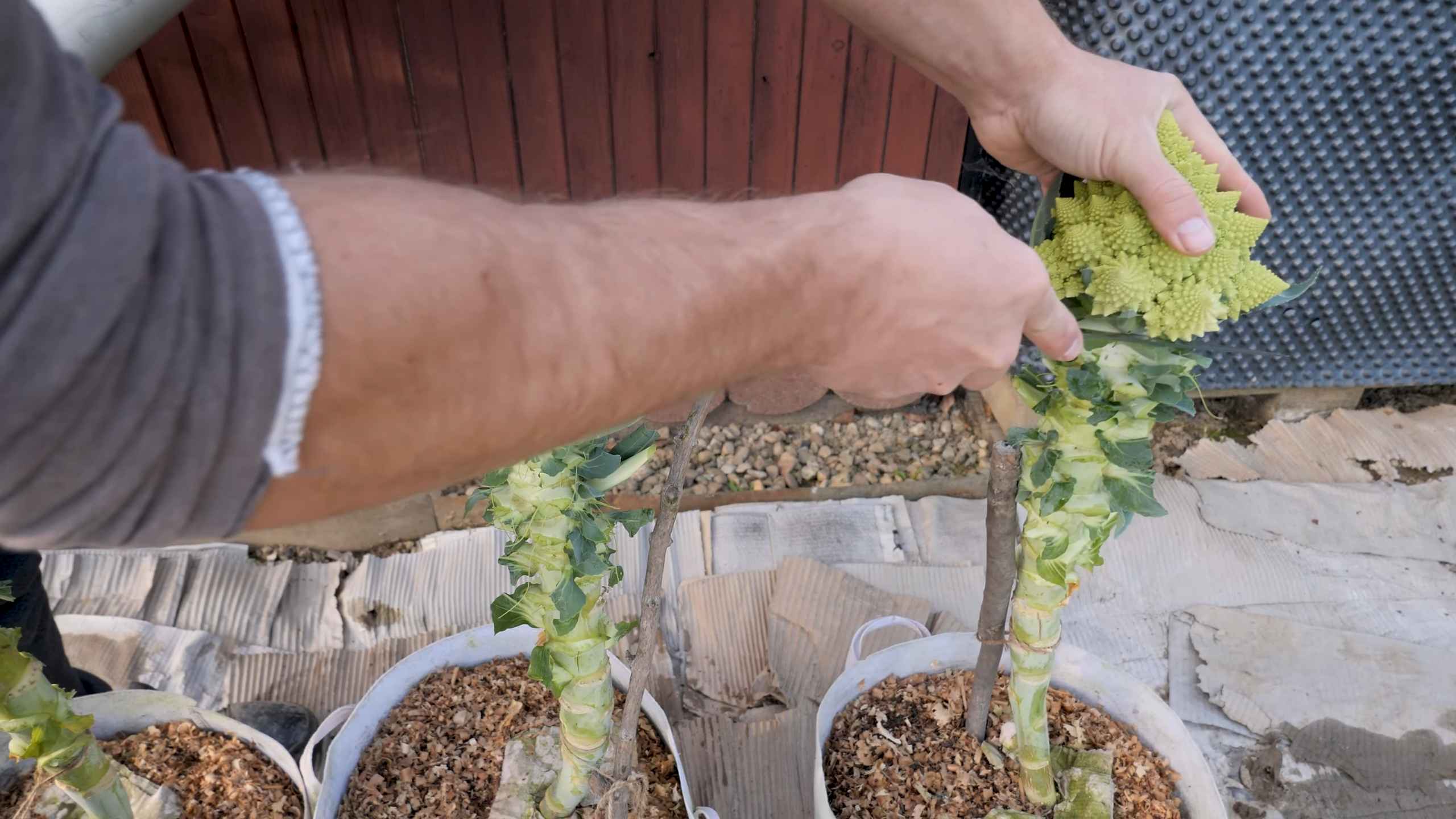
Growing Romanesco Cauliflower at Home: A DIY Guide
Okay, so you want to grow Romanesco cauliflower? Awesome! It’s a bit more challenging than your average broccoli, but the reward – that stunning, fractal head – is totally worth it. I’ve grown it a few times now, and I’m going to share everything I’ve learned to help you succeed. Let’s get started!
Understanding Romanesco
Before we dive in, let’s talk a little about what makes Romanesco special. It’s a member of the Brassica family, just like cauliflower, broccoli, and cabbage. But its unique, spiraling florets are what set it apart. It’s not just pretty; it also has a milder, nuttier flavor than regular cauliflower.
Key Considerations:
* Timing is crucial: Romanesco needs a long, cool growing season.
* Soil preparation is essential: It’s a heavy feeder, so rich soil is a must.
* Pest control is important: Cabbage worms and aphids love Brassicas.
* Watering is key: Consistent moisture is needed for healthy growth.
Getting Started: Seeds vs. Transplants
You have two options: starting from seed or buying transplants.
* Seeds: Starting from seed gives you more control over the variety and timing. I personally prefer this method.
* Transplants: Transplants are a good option if you’re short on time or don’t have a good setup for starting seeds indoors.
I’ll cover both methods, so you can choose what works best for you.
Starting from Seed (My Preferred Method)
This is how I usually grow my Romanesco. It takes a little more planning, but I find it more rewarding.
Timing is Everything
Romanesco needs about 75-90 days to mature, and it prefers cool weather. So, you’ll need to start your seeds indoors about 4-6 weeks before the last expected frost in your area for a spring harvest, or about 12-14 weeks before the first expected frost for a fall harvest. Check your local frost dates!
1. Gather Your Supplies:
* Seed starting trays or small pots
* Seed starting mix (a light, well-draining mix is best)
* Romanesco cauliflower seeds (choose a reputable variety)
* Spray bottle
* Heat mat (optional, but helpful)
* Grow lights (essential if you don’t have a very sunny window)
2. Sow the Seeds:
* Moisten the seed starting mix. It should be damp but not soggy.
* Fill your seed starting trays or pots with the mix.
* Make a small indentation (about ¼ inch deep) in each cell or pot.
* Place 1-2 seeds in each indentation.
* Gently cover the seeds with the seed starting mix.
* Lightly mist the surface with water.
3. Provide Warmth and Light:
* Place the seed starting trays on a heat mat (if using) and under grow lights.
* Keep the soil consistently moist but not waterlogged.
* The ideal temperature for germination is around 70-75°F (21-24°C).
* The seeds should germinate in about 5-10 days.
4. Thin the Seedlings:
* Once the seedlings have their first true leaves (the second set of leaves), thin them to one plant per cell or pot.
* Choose the strongest, healthiest-looking seedling and snip off the others at the soil line.
5. Harden Off the Seedlings:
* About a week before you plan to transplant the seedlings outdoors, you’ll need to “harden them off.” This process gradually acclimates them to outdoor conditions.
* Start by placing the seedlings outdoors in a sheltered location for a few hours each day.
* Gradually increase the amount of time they spend outdoors each day, and expose them to more sunlight.
* After a week, they should be ready to be transplanted into the garden.
Transplanting Seedlings (Whether You Started Them or Bought Them)
Okay, whether you grew your own seedlings or bought some healthy transplants, the next step is getting them into the garden.
Preparing the Garden Bed
Romanesco needs rich, well-drained soil with a pH of 6.0-7.0. It’s a heavy feeder, so amending the soil with plenty of organic matter is crucial.
1. Choose a Sunny Location:
* Romanesco needs at least 6 hours of sunlight per day.
2. Prepare the Soil:
* Dig a hole that is twice as wide and as deep as the root ball of the seedling.
* Amend the soil with compost, well-rotted manure, or other organic matter. I like to add a slow-release organic fertilizer as well.
* Mix the amendments thoroughly into the soil.
3. Transplant the Seedlings:
* Gently remove the seedling from its pot or tray.
* Loosen the roots slightly.
* Place the seedling in the hole, making sure the top of the root ball is level with the surrounding soil.
* Fill in the hole with soil and gently firm it around the base of the plant.
* Water thoroughly.
4. Space the Plants Properly:
* Space Romanesco plants about 18-24 inches apart. This gives them enough room to grow and prevents overcrowding.
Caring for Your Romanesco
Now that your Romanesco is in the ground, it’s time to provide the care it needs to thrive.
Watering
Consistent moisture is essential for healthy growth. Water deeply and regularly, especially during dry periods. Aim for about 1-1.5 inches of water per week.
Tips for Watering:
* Water in the morning to allow the foliage to dry before nightfall, which can help prevent fungal diseases.
* Use a soaker hose or drip irrigation to deliver water directly to the roots.
* Avoid overhead watering, which can splash soil onto the leaves and spread diseases.
Fertilizing
Romanesco is a heavy feeder, so it needs regular fertilization.
Fertilizing Schedule:
* At planting: Incorporate a slow-release organic fertilizer into the soil.
* 3-4 weeks after transplanting: Side-dress with a nitrogen-rich fertilizer, such as fish emulsion or blood meal.
* When the head starts to form: Side-dress with a fertilizer that is higher in phosphorus and potassium, such as bone meal or wood ash.
Weeding
Keep the garden bed free of weeds, which can compete with the Romanesco for nutrients and water.
Weeding Tips:
* Weed regularly, especially when the plants are young.
* Use a hoe or hand trowel to remove weeds.
* Mulch around the plants to suppress weed growth and retain moisture.
Pest and Disease Control
Romanesco is susceptible to several pests and diseases, including cabbage worms, aphids, and clubroot.
Common Pests and Diseases:
* Cabbage worms: These green caterpillars can devour the leaves of your Romanesco. Handpick them off the plants or use Bacillus thuringiensis (Bt), a biological insecticide.
* Aphids: These small, sap-sucking insects can weaken the plants. Spray them with a strong stream of water or use insecticidal soap.
* Clubroot: This fungal disease causes swollen, distorted roots. Prevent it by planting in well-drained soil and rotating crops.
Preventative Measures:
* Inspect your plants regularly for signs of pests or diseases.
* Remove any infected leaves or plants immediately.
* Use row covers to protect the plants from pests.
* Rotate crops to prevent the buildup of soilborne diseases.
Harvesting Your Romanesco
The moment you’ve been waiting for! Harvesting your beautiful Romanesco.
When to Harvest
Romanesco is ready to harvest when the head is firm and compact, and the florets are tightly closed. The head should be about 6-8 inches in diameter.
Harvesting Tips:
* Use a sharp knife to cut the head from the plant, leaving a few inches of stem attached.
* Harvest in the morning, before the sun heats up the head.
* Handle the head carefully to avoid bruising the florets.
Storing Your Romanesco
Store the harvested Romanesco in the refrigerator for up to a week.
Storage Tips:
* Wrap the head in a damp paper towel and place it in a plastic bag.
* Store it in the crisper drawer of your refrigerator.
Troubleshooting
Even with the best care, things can sometimes go wrong. Here are some common problems and how to fix them.
* Head doesn’t form: This can be caused by insufficient sunlight, poor soil, or inconsistent watering. Make sure
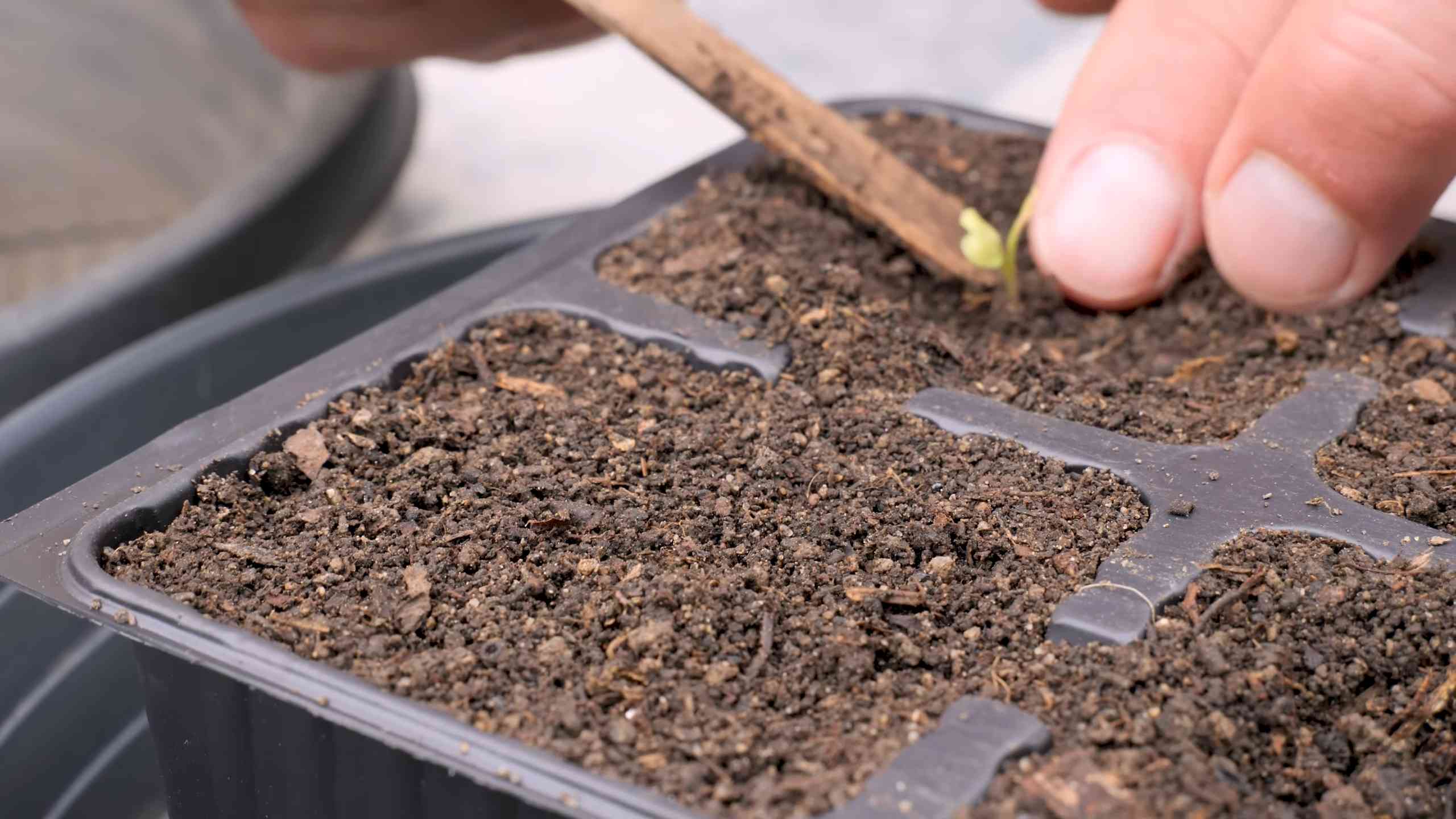
Conclusion
So, there you have it! Growing Romanesco cauliflower at home might seem like a challenge, but with a little patience, the right techniques, and a dash of determination, you can cultivate these stunning, fractal vegetables right in your own backyard. This isn’t just about adding another vegetable to your garden; it’s about embarking on a rewarding horticultural adventure that culminates in a truly unique and visually captivating harvest.
Why is this DIY trick a must-try? Because it offers a level of control and freshness you simply can’t achieve with store-bought Romanesco. You’ll know exactly what went into growing your cauliflower, from the quality of the soil to the absence of harmful pesticides. Plus, the sheer satisfaction of nurturing a plant from seed to table is an experience that’s hard to beat. Imagine the look on your friends’ and family’s faces when you present them with a dish featuring your homegrown Romanesco – a conversation starter and a culinary delight all in one!
But the benefits extend beyond the aesthetic and the bragging rights. Homegrown Romanesco often boasts a superior flavor compared to its commercially grown counterparts. The fresher the vegetable, the more vibrant its taste and the more nutrients it retains. You’ll be enjoying a truly healthy and delicious addition to your diet.
Looking for variations? Consider companion planting to further enhance your Romanesco growing experience. Marigolds can help deter pests, while herbs like rosemary and thyme can improve the overall health of your garden. Experiment with different soil amendments to find what works best for your local climate and soil conditions. You can also try succession planting, staggering your planting times to ensure a continuous harvest throughout the growing season. For those with limited space, consider growing Romanesco in large containers. This allows you to control the soil composition and move the plants to optimal sunlight locations.
Don’t be intimidated by the perceived difficulty. Start small, learn as you go, and don’t be afraid to experiment. The journey of growing Romanesco cauliflower is just as rewarding as the final product. We encourage you to take the plunge and try this DIY trick for yourself. You might be surprised at how easy and enjoyable it can be.
Once you’ve harvested your beautiful Romanesco, we’d love to hear about your experience! Share your photos, tips, and challenges in the comments below. Let’s build a community of Romanesco growers and learn from each other’s successes and failures. Together, we can unlock the secrets to cultivating these fascinating vegetables and enjoy the fruits (or rather, vegetables) of our labor. So, grab your seeds, prepare your soil, and get ready to grow some Romanesco magic! Remember, the key to successful Romanesco cauliflower cultivation lies in patience, observation, and a willingness to learn. Happy gardening!
Frequently Asked Questions (FAQ)
What are the biggest challenges in growing Romanesco cauliflower, and how can I overcome them?
The most common challenges include pest infestations (cabbage worms, aphids), diseases (clubroot), and bolting (premature flowering). To combat pests, use row covers, inspect plants regularly, and consider organic pest control methods like Bacillus thuringiensis (Bt) for cabbage worms. For clubroot, ensure good soil drainage, maintain a slightly alkaline soil pH (around 7.0), and practice crop rotation. Bolting can be prevented by choosing bolt-resistant varieties, providing consistent watering, and avoiding temperature stress (extreme heat or cold). Starting seeds indoors and transplanting them at the appropriate time can also help.
How much sunlight does Romanesco cauliflower need?
Romanesco cauliflower requires at least 6 hours of direct sunlight per day. More is generally better, especially in cooler climates. If you’re growing in containers, make sure to position them in a sunny spot. If you live in a very hot climate, providing some afternoon shade can help prevent bolting.
What type of soil is best for growing Romanesco cauliflower?
Romanesco thrives in well-drained, fertile soil that is rich in organic matter. Amend your soil with compost or well-rotted manure before planting. A slightly alkaline soil pH (around 7.0) is ideal. You can test your soil pH with a home testing kit and adjust it accordingly with lime (to raise pH) or sulfur (to lower pH).
How often should I water my Romanesco cauliflower plants?
Water consistently to keep the soil evenly moist, but not waterlogged. Aim for about 1-1.5 inches of water per week, depending on the weather and soil conditions. Water deeply and less frequently, rather than shallowly and often. Mulching around the plants can help retain moisture and suppress weeds.
When is the best time to plant Romanesco cauliflower?
The best time to plant Romanesco depends on your climate. In areas with mild winters, you can plant in the fall for a winter or early spring harvest. In colder climates, start seeds indoors 6-8 weeks before the last expected frost and transplant them outdoors after the danger of frost has passed. Romanesco prefers cool weather, so avoid planting during the hottest months of the year.
How long does it take for Romanesco cauliflower to mature?
Romanesco cauliflower typically takes 75-100 days to mature from seed. The exact time will depend on the variety, growing conditions, and climate. Keep an eye on the head of the cauliflower; it’s ready to harvest when it’s firm and the florets are tightly packed.
How do I know when my Romanesco cauliflower is ready to harvest?
The head of the Romanesco should be firm and compact, with tightly packed florets. The size of the head will vary depending on the variety, but generally, it should be about 6-8 inches in diameter. Harvest before the florets start to separate or the head becomes loose.
Can I grow Romanesco cauliflower in containers?
Yes, you can grow Romanesco in containers, but you’ll need a large container (at least 15-20 gallons) to accommodate the plant’s root system. Use a high-quality potting mix and ensure good drainage. Container-grown Romanesco may require more frequent watering and fertilization than plants grown in the ground.
What are some common pests and diseases that affect Romanesco cauliflower, and how can I prevent them?
Common pests include cabbage worms, aphids, flea beetles, and cabbage root maggots. Diseases include clubroot, black rot, and downy mildew. To prevent these problems, use row covers to protect plants from pests, inspect plants regularly for signs of infestation or disease, practice crop rotation, ensure good soil drainage, and choose disease-resistant varieties. Organic pest control methods, such as insecticidal soap or neem oil, can be used to control pests.
What are some good companion plants for Romanesco cauliflower?
Good companion plants for Romanesco include marigolds (to deter pests), herbs like rosemary and thyme (to improve plant health), and legumes like beans and peas (to fix nitrogen in the soil). Avoid planting Romanesco near other brassicas (like broccoli, cabbage, and kale), as they can attract the same pests and diseases.

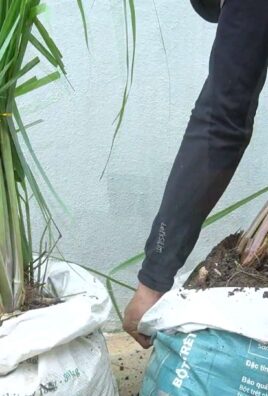
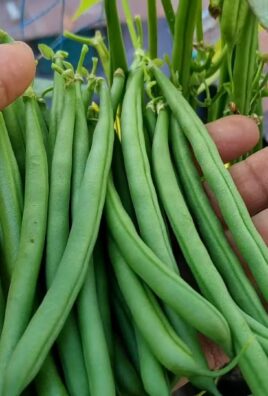
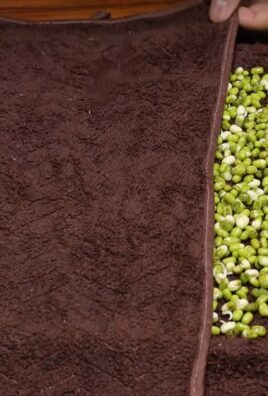
Leave a Comment